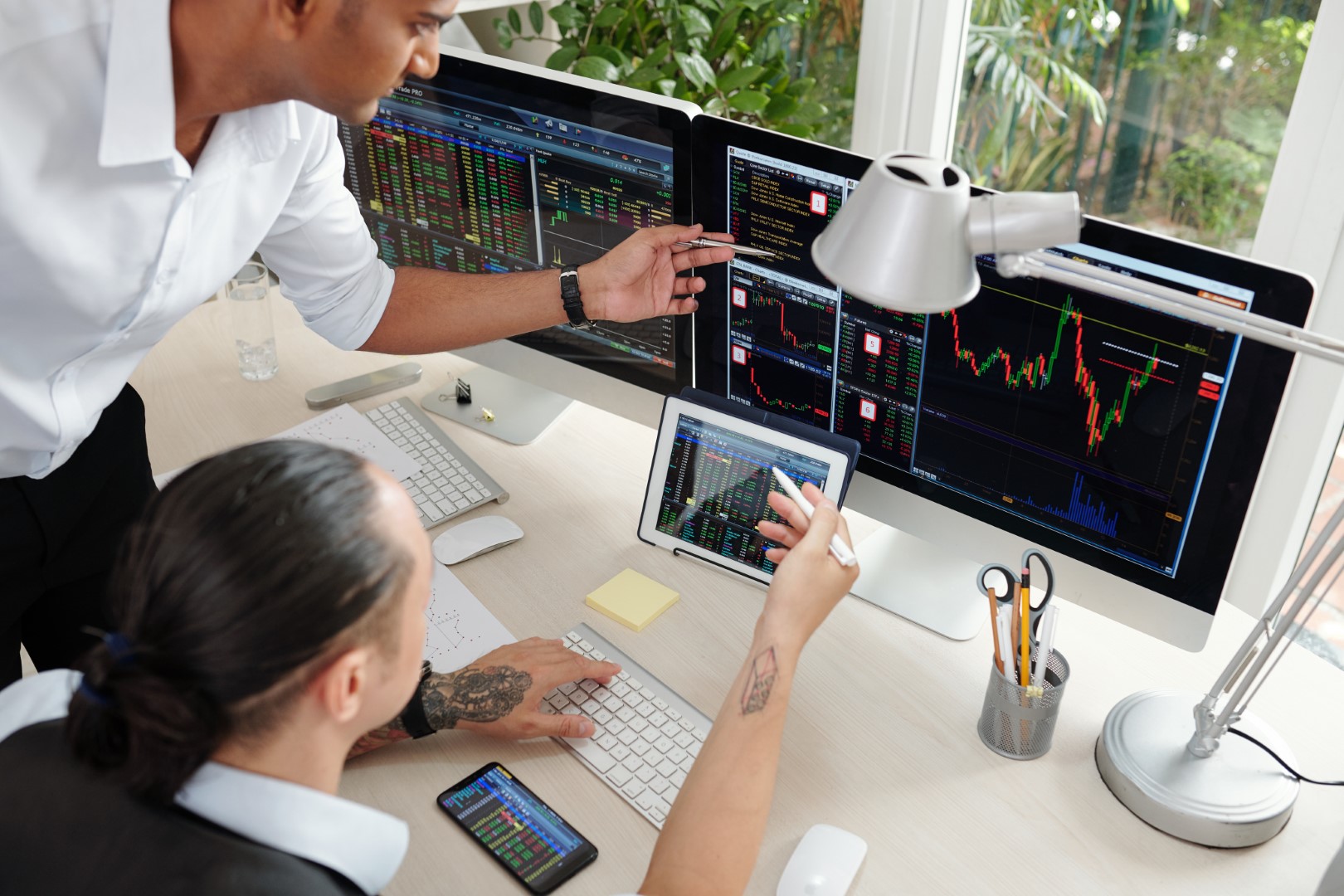Setting up a prop firm can be an exciting prospect. With some talented traders on board, you can help serve a large number of clients in time, all of whom can be delighted with the profits you generate for them (and, by extension, you) through some smart trading.
At the same time, you will know that you are taking a calculated risk, but one that could lead to substantial rewards along the way.
When setting up a prop firm, you will certainly need some substantial capital to begin with. Part of that will be to provide funds for traders to work with and the financial capacity to absorb some early losses in early days if things do not start well.
Why You Must Invest In Tech

You also need to invest directly in several areas, such as the best technology for managing accounts, communicating with traders, analysing data, and much more.
Technology has been used in prop trading for a long time, but inevitably this has advanced. The arrival of the internet, the arrival of instant news beamed by satellite, and the development of specialist communication networks designed to convey relevant information instantly to the places where money and stocks are traded have all changed things greatly.
These developments have accelerated the flow of information and made reactions to events swifter, but as the technology advances further, innovations like artificial intelligence and machine learning will have a growing role in assessing data, spotting patterns and helping traders develop strategies.
Bringing the latest prop firm tech to bear can always give you an edge at crucial moments, something that can enable your traders to make hay while the sun shines. This can be especially useful at times when the value of a currency might change suddenly.
Responding To Big Events
There are times when you know this may happen without needing any complex technology; for instance, when economic data is set to be announced or a central bank is about to make a monetary policy decision.
In such cases, you can be poised to act, partly in anticipation of what you expect the outcome will be; analysts call this ‘pricing in’, where the market works on an assumption of a particular decision or set of figures.
For example, news that the UK has now formally exited recession after gross domestic product (GDP) grew by 0.6 per cent in the first quarter of 2024 will have been widely expected, not least as this is consistent with other positive data emerging over the early months of this year.
However, things do not always work in such a predictable way. Sometimes the data is conflicting and the figures can be unexpected, producing market turbulence. Alternatively, updated estimates of GDP may also produce an unanticipated change in the picture.
Another example is that of changes in monetary policy. Once again, markets will often ‘price in’ expected decisions and they are usually right, not least because the majority of decisions will be to hold the rate as it is. Moreover, since the remit of central banks is based on inflation targets, it is not too hard to predict when the trend will be up or down.
Where matters can get a bit less predictable is when the body making the decision is split down the middle, or even split three ways, making the next move less certain.
Why Who Moves First Requires A Fast Response
When it comes to Forex trading between currencies, sometimes the critical question is which of a currency pair might be the first to be impacted by a rate decision, assuming both central banks are likely to move in the same direction.

For example, right now anyone trading between the US dollar and pound sterling will watch for signs that either the Bank of England or the Federal Reserve will cut rates, once they are satisfied inflation is under control. While the central bankers are approaching this question with caution, sooner or later this move can be expected.
In that scenario, the key will be to act fast depending on which currency gains in value against the other because of a rise in rates, with speed potentially being of the essence not just to maximise immediate value, but because one central bank decision may be emulated by another very shortly after.
Handling A Crisis
If advanced data analytics can help then, they will be even more beneficial when something very dramatic happens. Every so often an unexpected chain of events may send markets into turmoil, not quite at the 1929 level, but certainly in a way that provokes major reactions from markets, governments and central banks.
Examples of this include the 1987 crash (which required a loosening of monetary policy to avoid a major recession, albeit one creating a boom-and-bust cycle that led to a shallow recession in the early 1990s), the much more severe economic crisis of 2007-09, and sudden non-financial events like the 9/11 terror attacks.
The above category is that of events coming truly out of the blue, which is of a different magnitude to events that can be anticipated and planned for, but don’t quite turn out as priced in by the markets (such as better or worse than expected GDP figures, a surprise monetary policy decision or a shock election result).
It would be easy to think that traders will have a plan that resembles a flow chart with a strategy for each potential situation. To an extent, such a strategy should and will exist, but market reactions are not always predictable and this can disrupt the best-laid plans.
Why Tech Helps You Scalp Better
At the same time, some Forex trading is far removed from the dramas of big movements in currency pairings, unexpected announcements and dramatic world events. Instead, trades like scalping take place based on a myriad of very small fluctuations in currency values that may give trades just a few moments to capitalise before the differential disappears.
This situation is the stuff of everyday trading and does not require some grand strategy or a major response to a crisis. Instead, it needs the data to be fast-moving and swift analysis to spot the opportunities and also the dangers.
Forex trading is not always about big gains or major events, but it is always about the need to be on the ball – supported by the best tech around.









